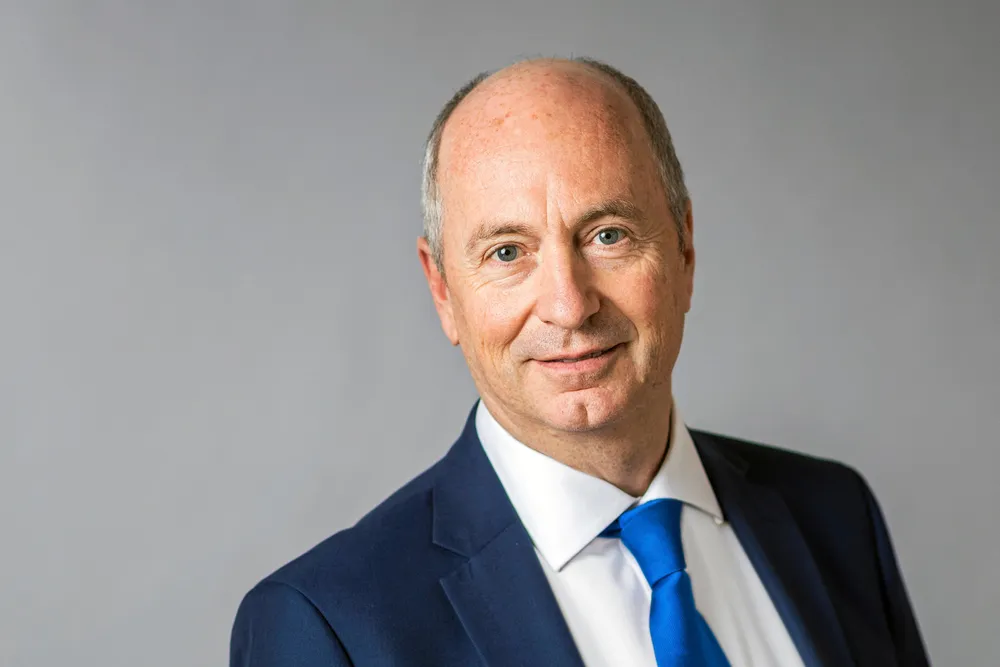Galp 'accelerating transformation' to thrive through energy transition
Portuguese company to channel half of investments to low-carbon and renewable projects by 2025

Portuguese company to channel half of investments to low-carbon and renewable projects by 2025
